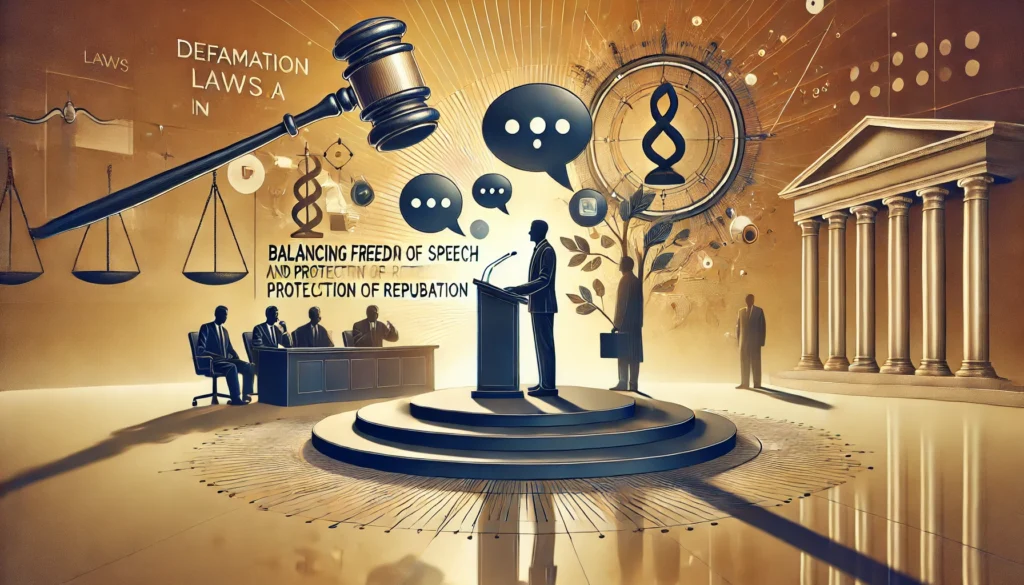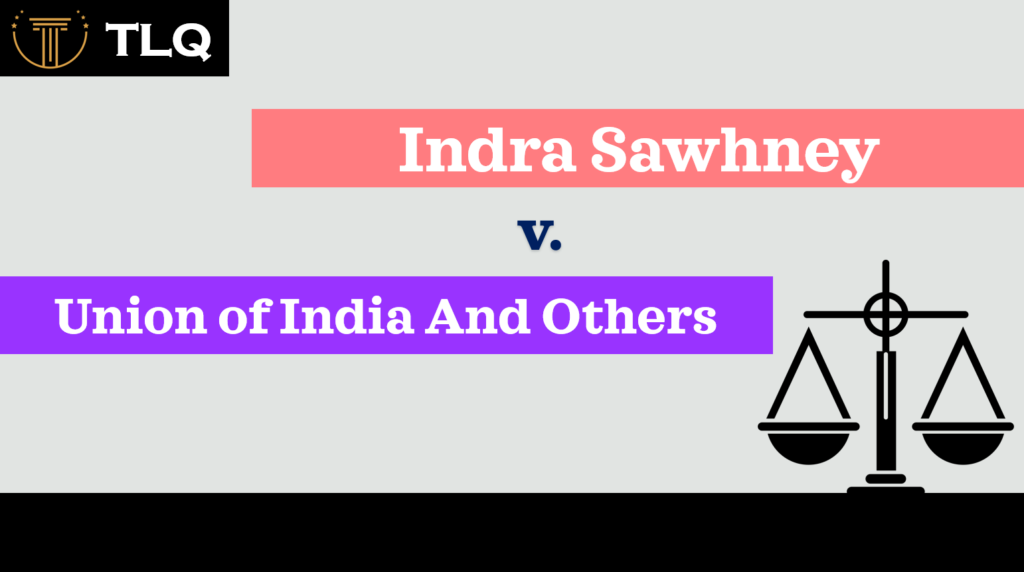Published On: 21st August, 2024
Authored By: Anushka Sinha
Amity University Noida
Introduction
The foundation of the family and society represents the institution of marriage, and it is essential for the community. The varied and intricate system of law that regulates marriages within India is an expression of this country’s different religious, cultural, and sociological composition. This piece of article covers the creation including the present structure of Indian laws regarding marriage, focusing on significant legal components, ancient foundations, current problems, and prominent legal cases.
The Development of Indian Marriage Laws Across the Past
-
The Ancient and Medieval Time
India’s laws regarding marriage have evolved significantly throughout the centuries. Spiritual documents and customs became the primary means of authority or control for marriages within prehistoric India. Documents that highlight the religious element of a marriage, including the Vedas, also known as the Manusmriti as well as other Dharmashastras, have an important impact on the Hindu marriage structure. Marriage was considered as both a sacred commitment and an opportunity to safeguard the traditions of the family.
The impact of Islamic governance over the medieval era provided marriage guidelines with a new dimension. The law of Sharia, originated from the Quran and Hadith, which regulated marriages between Muslims. Over this period, different community groups existed together with various marriage customs by maintaining their own set of traditions and culture of marriage.
-
British Colonialism Period
India defined marriage regulations dated to the beginning of the British colonization era. A variety of marriage-related norms were issued by the British administration, such as the Indian Christian Marriage Act of 1872 and the Hindu Marriage Act of 1891. Such laws aim to solve social issues such as polygamy and child marriages while encouraging uniformity. The Indian Divorce Act of 1869 and the Parsi Marriage and Divorce Act of 1936 for the Parsi community group also came into effect within the period of colonial rule.
After Independence Developments
-
Hindu Marriage Act of 1955
The Hindu Marriage Act of 1955 represented one of the largest acts of following its independence laws enacted throughout the country of India. This law provided significant modifications having the objective of improving Hindu Marriage laws and regulations. Key provisions of the act involve the following:[1]
- Valid Marriage Conditions: this act sets standards to create a legally valid marriage, compromising monogamy, the minimum age for a marriage which is 21 for men and 18 for women, and the consent between two partners.
- Prohibited Degrees of Relationship: if agreements permit otherwise, marriages among individuals with prohibited kinds of companionship remain invalid and illegitimate in the eyes of the law.
- Marriage Registration: because of legal purposes, registering is advisable even though it is not mandatory to register.
- Judicial Separation and Divorce: the law specifies multiple grounds for divorce, which include cheating, violence, abandonment, and consent by both parties.
Landmark Case Law: Narasimha Murthy v. Susheelabai (1996)
The highest court of the nation elaborated upon the meaning of “mental cruelty” according to the Hindu Marriage Act of 1955 during the matter of Narasimha Murthy v. Susheelabai (1996). The judge ruled that mental cruelty is an appropriate basis for separation if the partner’s continuous neglectful, abusive, and violent conduct causes another partner serious mental stress.
-
1954’s Special Marriage Act
The secular act named the Special Marriage Act of 1954 provided the legal basis for allowing marriages between two individuals with opposing religious backgrounds. The law is important for promoting individuals who choose to get married apart from their own customs of faith as well as intercultural marriages. Several of these act’s key elements are as follows:
- Civil Marriage: this allows the union of two people to occur without any requirement to perform religious ceremonies of marriage.
- Conditions for Marriage: it establishes the exact same rules regarding the age of marriage, consent, and monogamy as per the Hindu Marriage Act of 1955.
- Registration: this law demands that all marriages must be recorded.
- Divorce and Alimony: legal safeguards for both partners are provided through the addition of divorce clauses under both kinds of divorce settlements.
Landmark Case Law: Union of India v. Sarla Mudgal (1995)
The highest court of the nation addressed the issue of changing to Islam merely in need to become wedded once again in Union of India v. Sarla Mudgal (1995). To avoid the unlawful use of faith-related changes, the judge ruled that these conversions and following marriages are unconstitutional under the Special Marriage Act. Additionally, it advised the establishment of a Uniform Civil Code.
-
Application of Muslim Personal Law (Shariat) Act of 1937
The country’s Muslim Personal Law (Shariat) Application Act of 1937 controls Muslim wedding ceremonies. The act covers a variety of important issues of marriage-related topics that are basically based on teachings of Islam which include the following:
- Nikah (Marriage Contract): both partners have to provide their consent while eyewitnesses are required to be available during the contract of marriage, which is also known as Nikah.
- Mahr (Dower): this compulsory offer providing monetary safety which a husband presents to his wife is referred to as Mahr.
- Polygamy: Muslim man has the right to keep a maximum of four wives for as long as they respect women appropriately. The following phenomenon is referred to as polygamy.
- Divorce: the law acknowledges three kinds of divorce such as consent (Mubarak), wife-initiated divorce (Khula), and husband’s rejection (Talaq).
Landmark Case Law: Shayara Bano v. Union of India (2017)
The highest court of the nation declared in Shayara Bano v. Union of India (2017) held the traditional practice of immediate triple talaq, also known as talaq-e -biddat which constituted unlawful. The judge declared that this kind of divorce did not constitute an essential element of Islam and concluded that this violated the basic liberties of all Muslim women. The Muslim Women (Protection of Rights on Marriage) Act of 2019 which prevents rapid triple talaq, came into effect as an outcome of this important judgement.
-
The Act of Indian Christian Marriage of 1872
Christian marriage ceremonies throughout India are managed according to the Indian Christian Marriage of 1872. Key provisions of the act involve the following:
- Ceremony: by compliance with the law, the marriage of a Christian must comply with certain rules, that involve having a pastor and other authorised person there.
- Age of Marriage: both women and men equally, the age required for becoming wedded remains 21 years old.
- Registration: following this act, all marriages are required to get registered.
- Divorce: Christian separations are defined under the Indian Divorce Act of 1869 that includes reasons including brutality, abandonment, and cheating.[2]
Landmark Case Law: Union of India v. Ammini E. J. (1995)
The High Court of Kerala studied the issue of gender bias in the Indian Divorce Act of 1869 in the case of Union of India v. Ammini E. J. (1995). Since the judge decided that some aspects of the law that discriminated against Christian women during divorce proceedings were illegal, the law was changed to ensure equal treatment for both genders.
-
The Act of Parsi Marriage and Divorce of 1936
Among the group of Parsi community, marriages are managed according to the Parsi Marriage and Divorce of 1936. Key provisions of the act involve the following:
- Conditions for Marriages: the law specifies that the two partners need to give their permission to marry each other, being monogamous as well as no less than the age of 18 years old.
- Ceremonies: within the presence of individuals, a Parsi priest shall solemnize the marriage.
- Divorce: sexual misconduct, brutality, cheating, and mutual agreement of both partners are the basis to have the divorce.
Landmark Case Law: The State of Bombay v. Pirojshah Shaw (1957)
The high court of Bombay addressed the validity of a Parsi wedding conducted in the absence of a Parsi priest in the case of The State of Bombay v. Pirojshah Shaw (1957). The Parsi Marriage and Divorce Act ruled the marriage to be invalid and unconstitutional however, the judge highlighted the need to perform prescribed practices of religion.
Modern Challenges and Reforms
-
Child Marriage
Child marriage continues to be an important issue in the country despite the severe restrictions. The Prohibition of Child Marriage of 2006 fixed the legal minimum age of marriage as 18 years for girls and 21 years for boys to prevent juvenile marriages. However social norms, indifference, and socioeconomic factors, also contribute a role in the continuing growth of child marriages. Enforcement of the law can be extremely challenging specifically in remote areas.
Landmark case law: Union of India v. Independent Thought (2017)
Supreme Court in Independent Thought v. Union of India (2017) case states that although the Indian Penal Code prohibits marriage, having sex with a minor is still considered rape. This decision is a big step towards protecting the rights of young girls and ending child marriage.
-
Dowry System
Even though it is banned by the law, the dowry system is still a big problem. The Dowry Prohibition Act, 1961 prohibits the giving and receiving of dowry. The fact that domestic violence and even dowry murders often stem from tax demands emphasizes the need to raise awareness among law enforcement agencies and the public.
Landmark case law: State of Andhra Pradesh v. Gopal Reddy (1996)
Supreme Court in the case of S. Gopal Reddy v. In 1996, the State of Andhra Pradesh upheld the defendant’s conviction for aggravated assault and murder. The court said that the Dowry Prohibition Act must be strictly implemented to curb the menace of money laundering.
-
Interfaith Marriage
Interfaith marriages often face social and legal problems, although the Special Marriage Act, 1954 provides the structure for such unions, couples may face cultural and administrative difficulties. Recent discussions about “love jihad” laws in many places have made this issue even more difficult. These laws regulating religious unity and change have led to debates about religious freedom and personal freedom.
Landmark case law: Hadiya Case (Shafin Jahan v. Asokan K.M. and Others, 2018)
Shafin Jahan v. Asokan K.M. and Others (2018) is an example of Hadiya. The court upheld the principles of personal liberty and freedom, emphasizing that personal consent is important when making decisions about marriage and religion.
-
Same-sex marriage
Same-sex marriage is not legally recognized in India. In 2018, the Supreme Court ruled in Navtej Singh Johar v. Union of India. However, the legalization of same-sex marriage remains a controversial issue. Supporters of equal marriage rights defend this situation, while opponents argue that cultural and religious factors control the situation.
Landmark case law: Union of India v. Navtej Singh Johar (2018)
Navtej Singh Johar v. Union of India (2018), Section 377 of the Indian Penal Code was struck down by the Supreme Court, and homosexual acts between consenting adults were criminalized. Although it did not directly address the issue of same-sex marriage, the decision was hailed as a turning point in the fight for LGBTQ+ rights.
-
Uniform Civil Code
There have been discussions about the creation of the Single Civil Code (UCC) for decades. The UCC attempted to create a set of laws regarding marriage, divorce, inheritance, and adoption that would replace the religion-based rights of individuals. While opponents fear that the UCC could undermine cultural and religious values, supporters believe the UCC will guarantee gender equality and national unity. The UCC is still a controversial issue because both sides have conflicting views.
Landmark case law: Union of India v. John Vallamatom (2003)
The Supreme Court of India, John Vallamatom v. Union of India (2003), called for the adoption of a Uniform Civil Code to promote gender equality and national unity. The court ordered the federal government to apply the UCC due to injustice and inconsistency in personal law.
Conclusion
Marriage laws in India are complex documents drawn from various religions, cultures, and social groups across the country. The development of these laws reflects India’s transition from ancient traditions to modern laws. Although great progress has been made on issues such as women’s rights, gifts, and child marriage, problems remain. The current debates surrounding issues such as the acceptance of same-sex marriage and the creation of the Single Civil Code also impact the state of marriage laws in India. The future of marriage law in India will depend on the middle ground between preserving cultural differences and ensuring justice and equality for all within. The laws governing one of society’s most important institutions need to change accordingly. The constant debate about marriage laws shows what Indian culture is like and how it is determined to cope with the challenges of modern life.
Reference(s):
[1] ‘Hindu Marriage Laws: Ancient V/s Modern’, ‘Hindu Marriage Laws: Ancient V/s Modern’ <https://legalserviceindia.com/legal/article-12750-hindu-marriage-laws-ancient-v-s-modern.html> accessed 6 July 2024
[2] ‘Evolution of Hindu Marriage Laws in India’, ‘Evolution of Hindu Marriage Laws in India’ (6 July 2024) <https://aishwaryasandeep.in/evolution-of-hindu-marriage-laws-in-india/, https://aishwaryasandeep.in/evolution-of-hindu-marriage-laws-in-india/> accessed 6 July 2024




